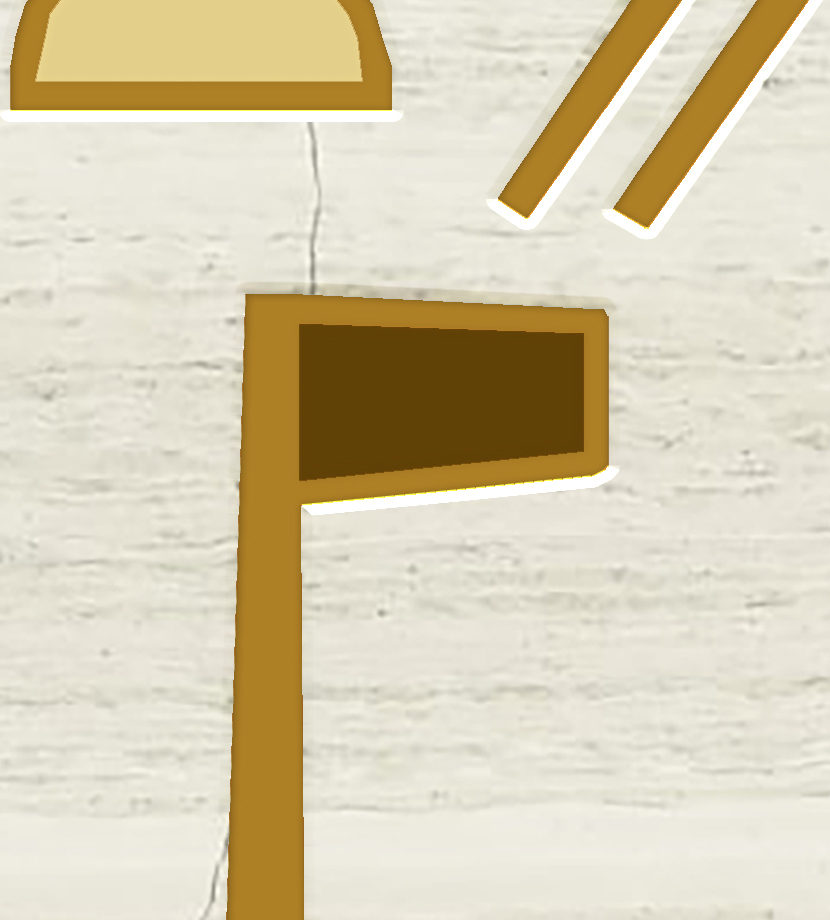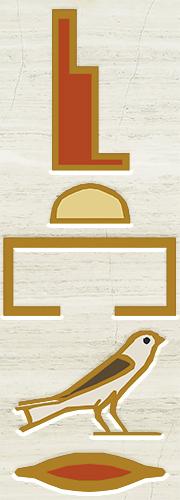Category: Temple
-

Great Hall
The Great Hall is in front of it (the Naos) : it has twelve columns, great supports, wonderful to behold. The hall is 37 (cubits) long and 26 wide. Its walls are most perfectly decorated: it is called Place of Pleasure. It is also known as Place of Joy and Place of Enjoyment of Ra…
-

Hatap natya Natjrw bw – Place Where Gods Rest
The Place where gods rest is in front of the Sanctuary. Dwelling Place of the Gods and Birth House of the Strong Horus, are its names. It is 23 2/3 by 9 Cubits. The shrines of the gods, who’s beauty is praised, are kept here; the Divine Pasadjat Ennead of Masan Harpoon is depicted on…
-

sat war – Great Seat
The Great Seat in the midst of the chapels and surrounded by the corridor mentioned, measures 19 3/6 cubits by 10 1/3 cubits. The doors of the corridor are to its right and left, and give access to the surrounding chapels. The processional barqe of the Deity with the Dappled Plumage, His magnificent portable shrine…
